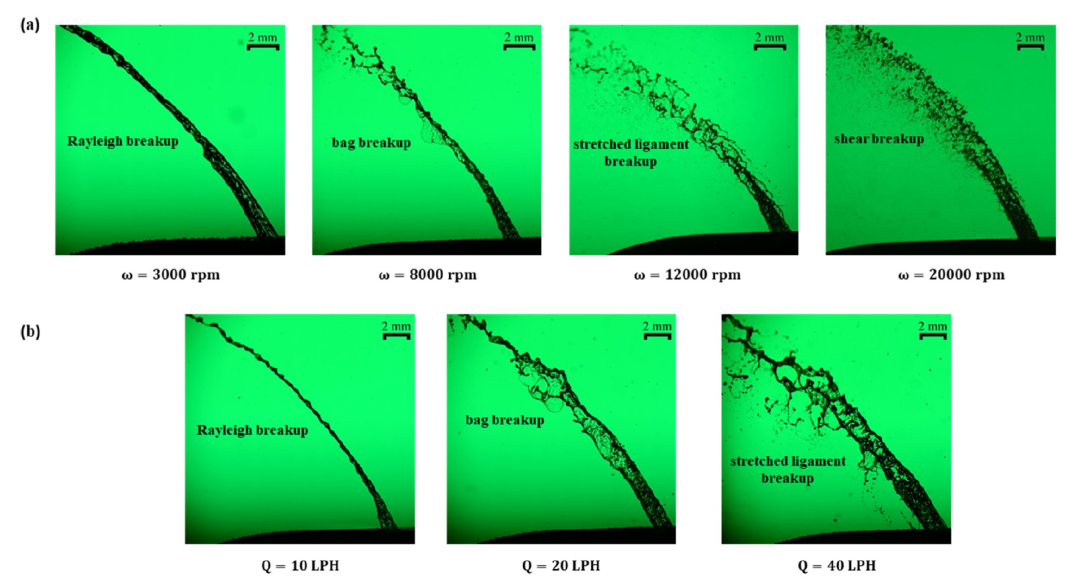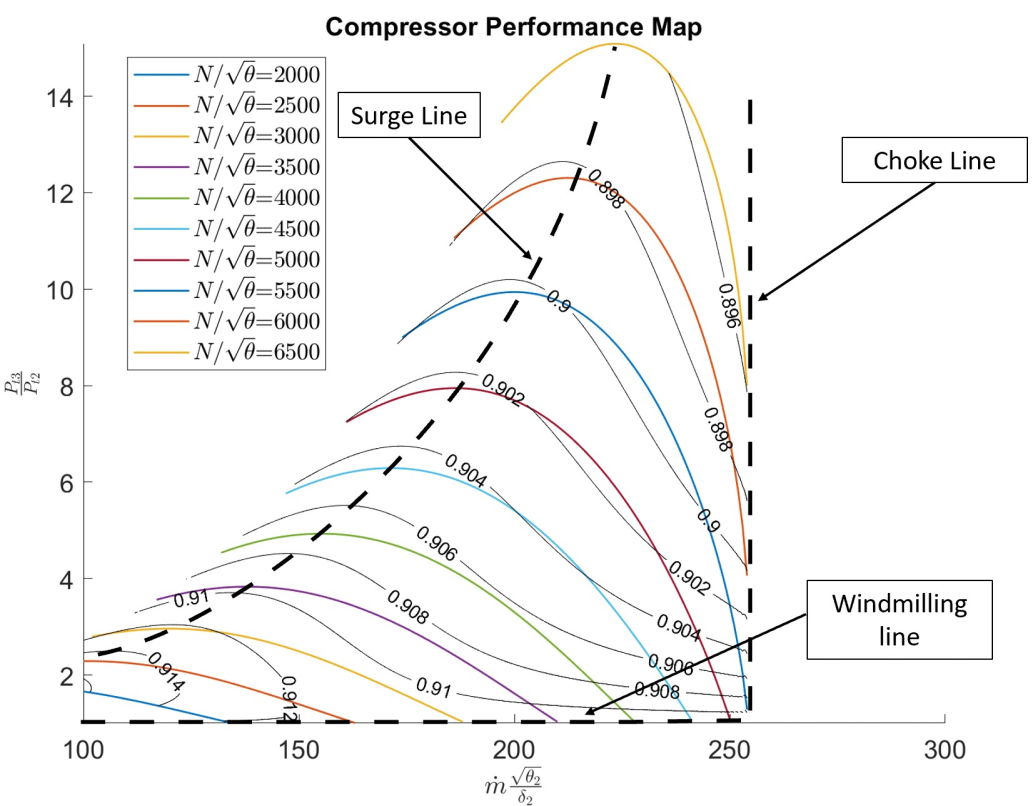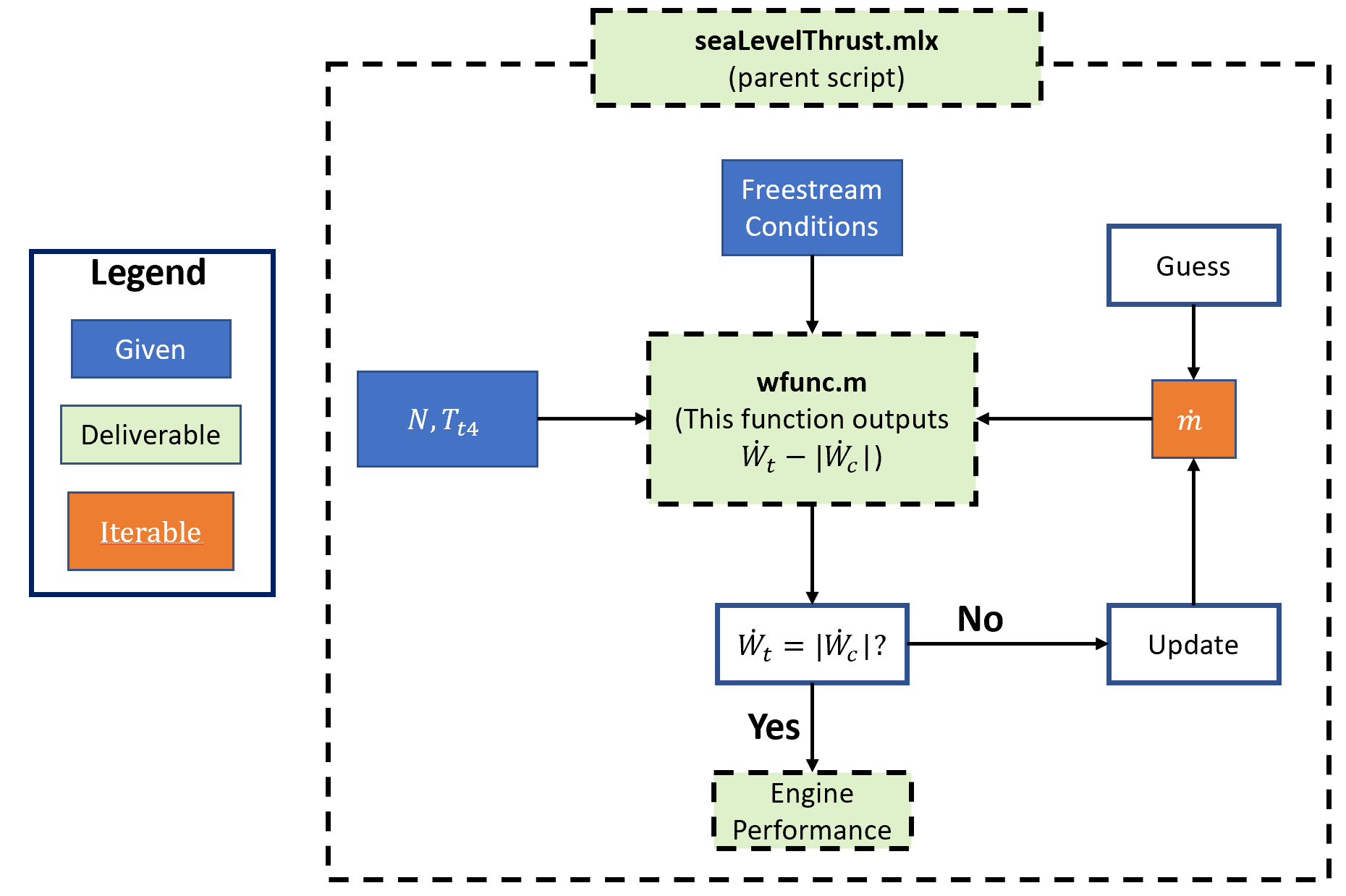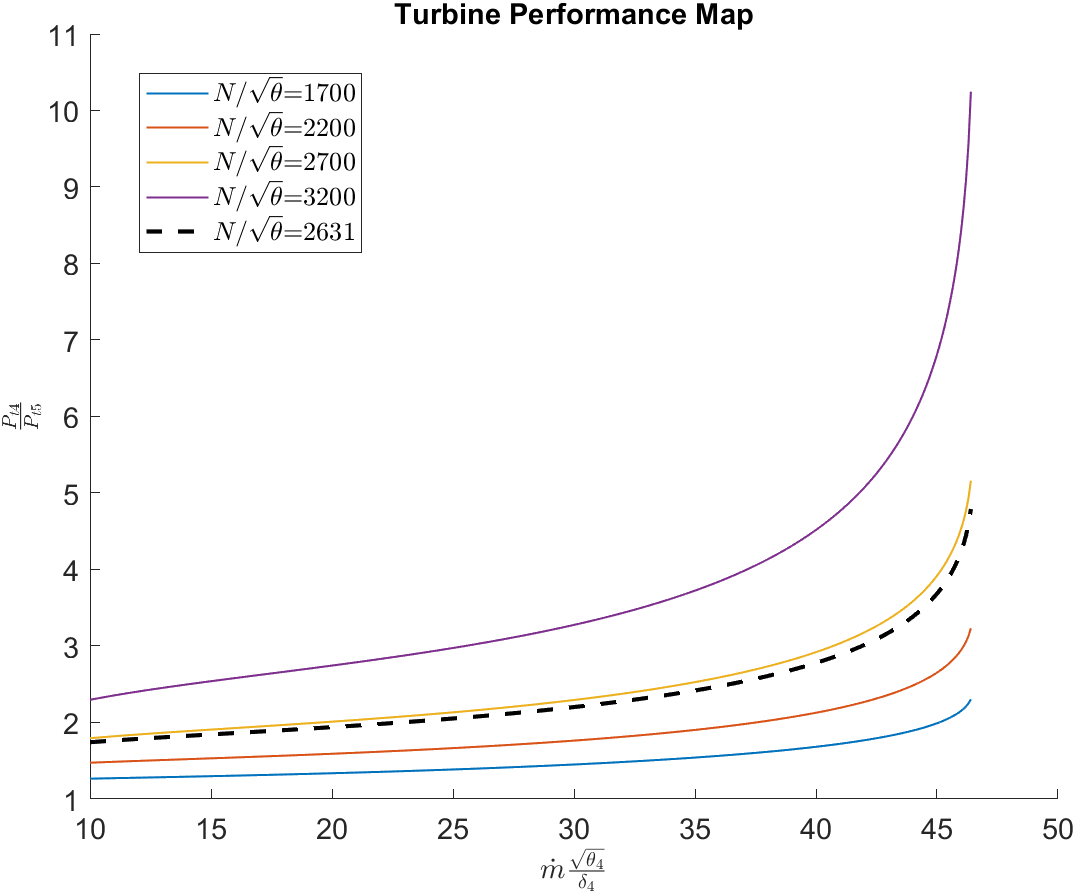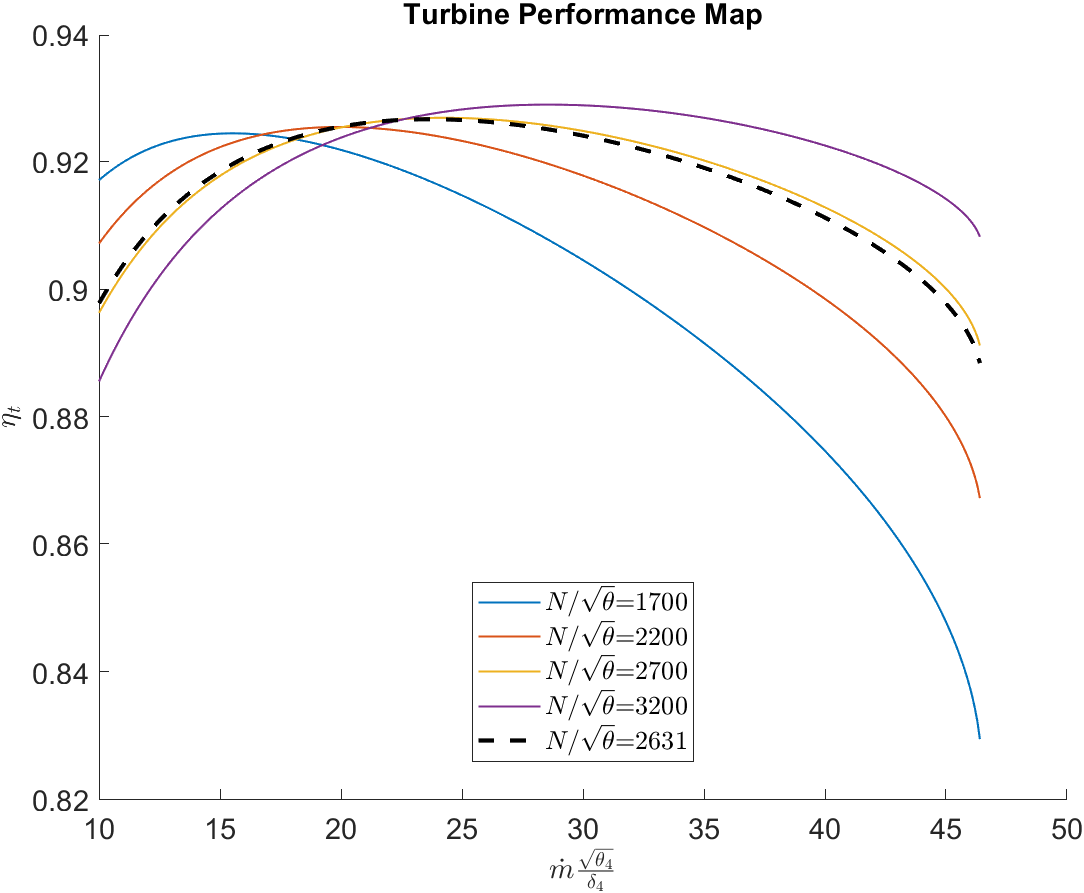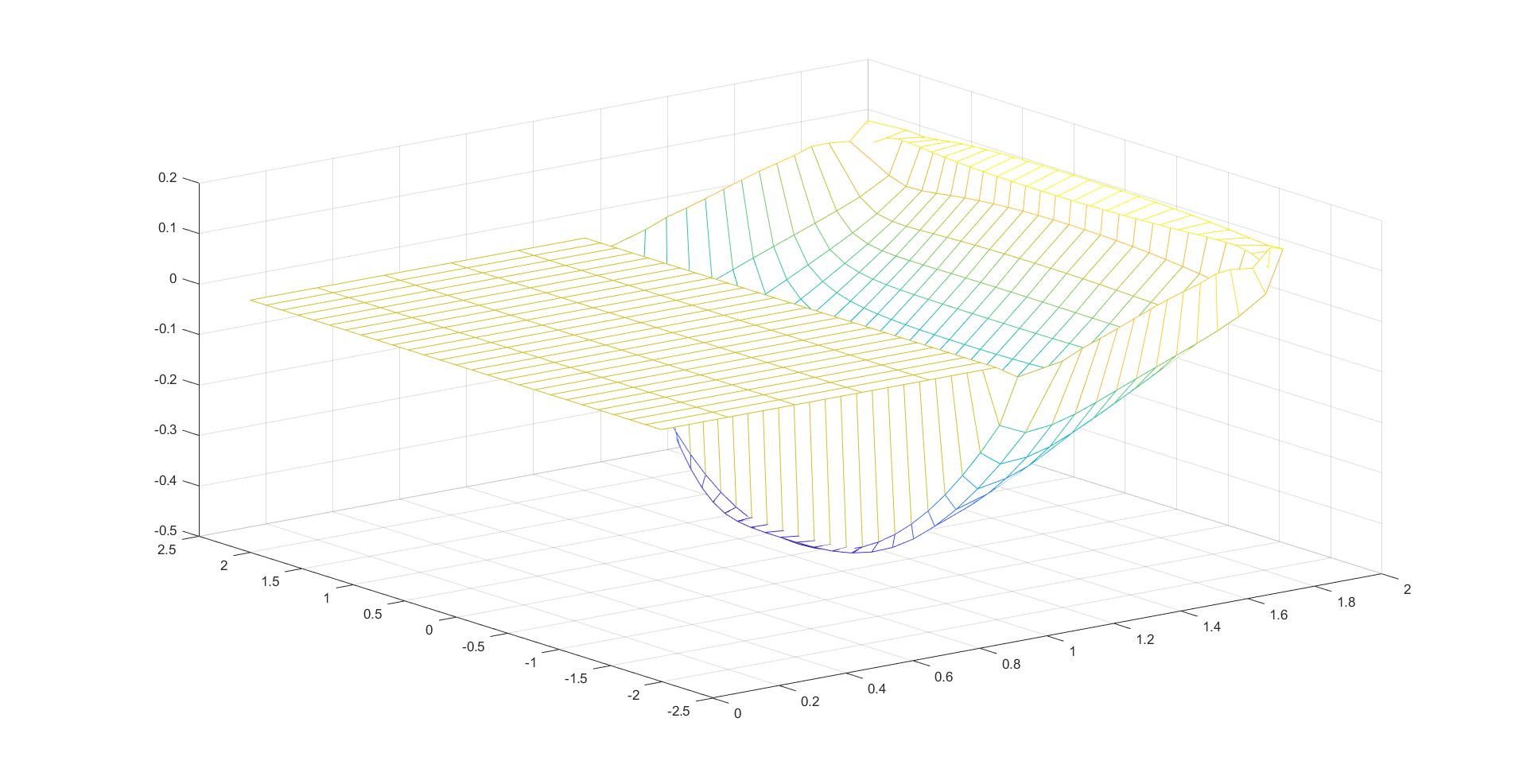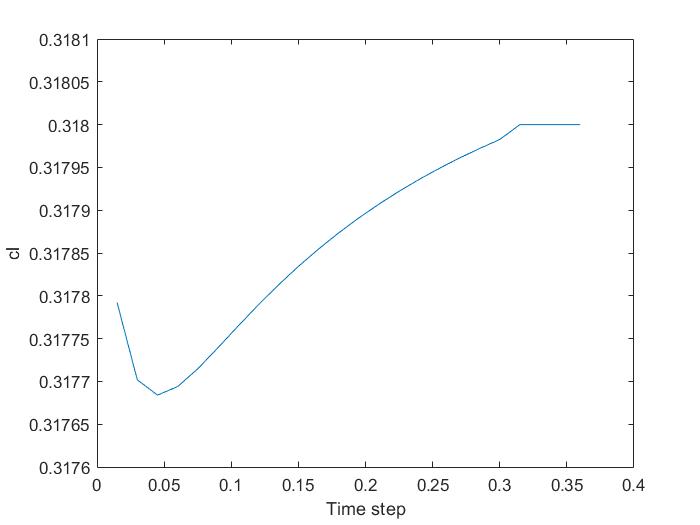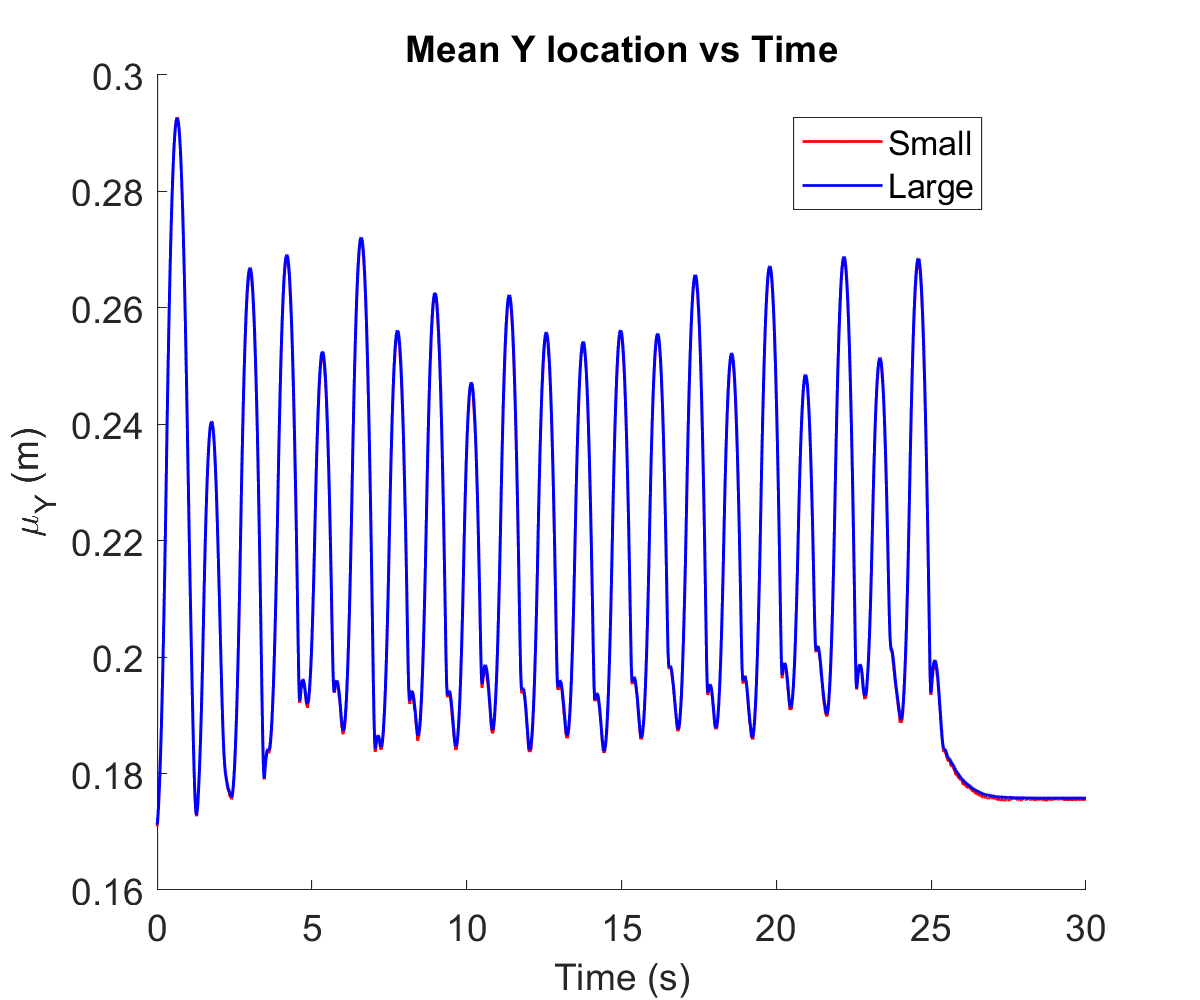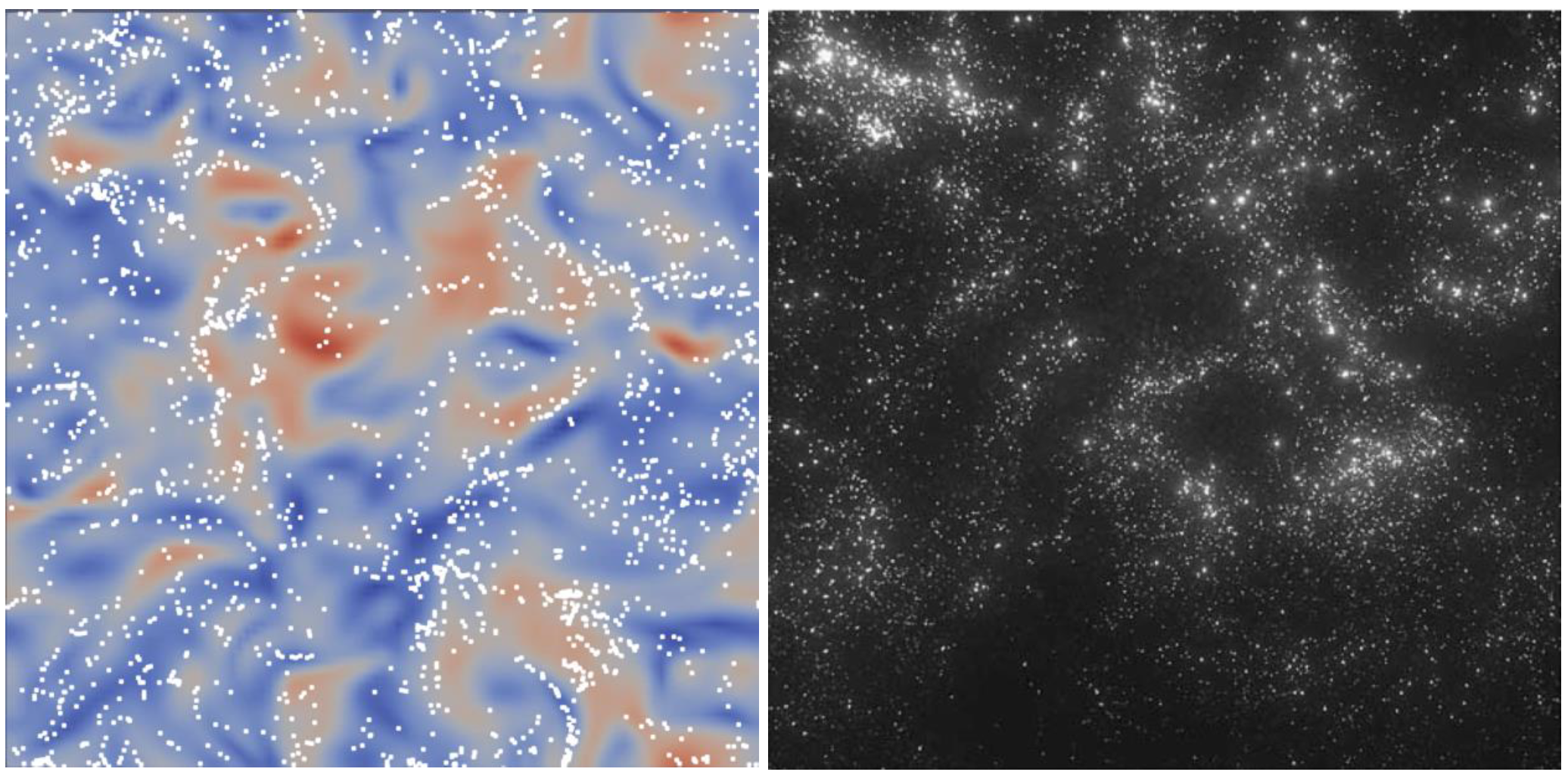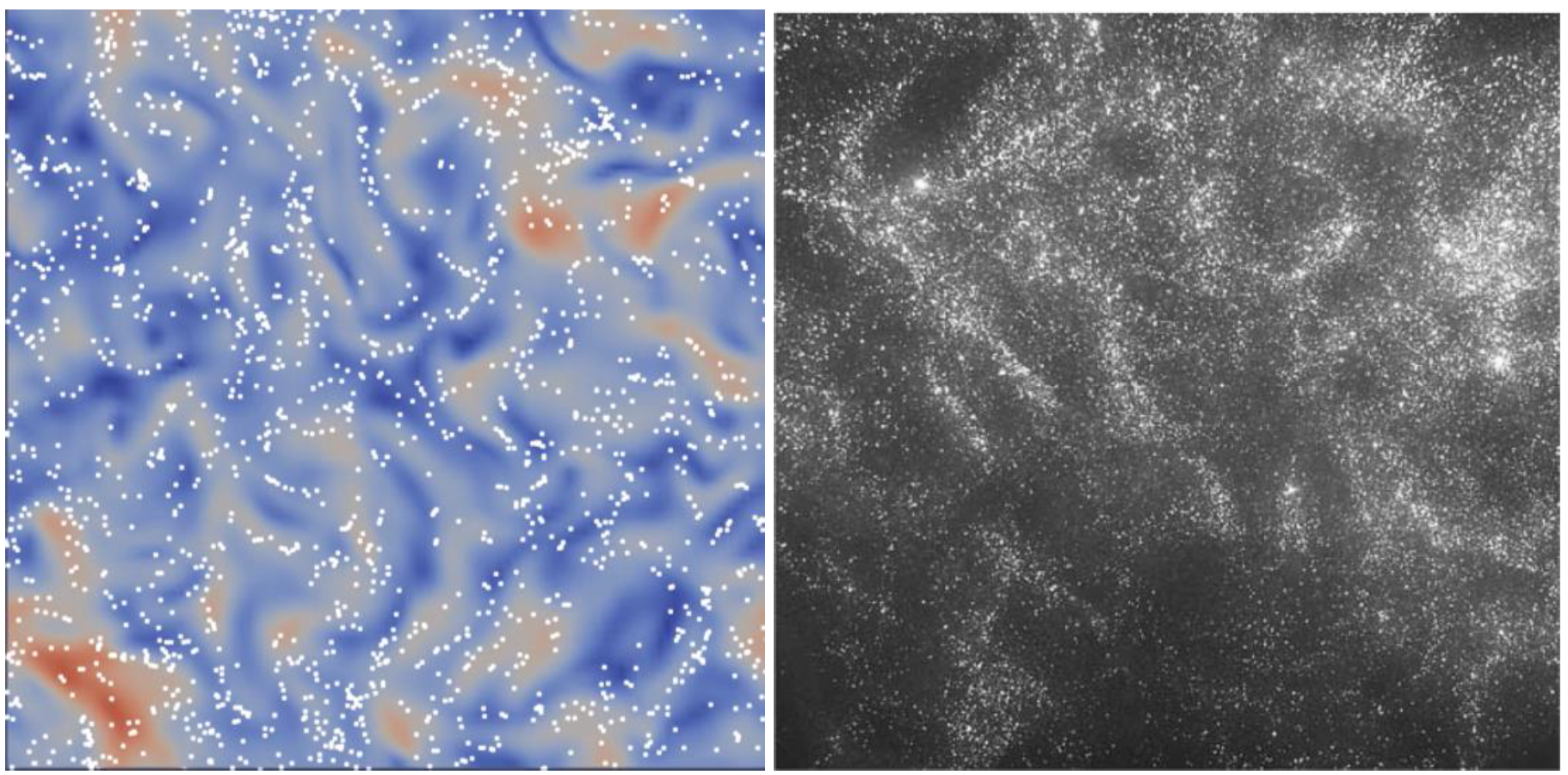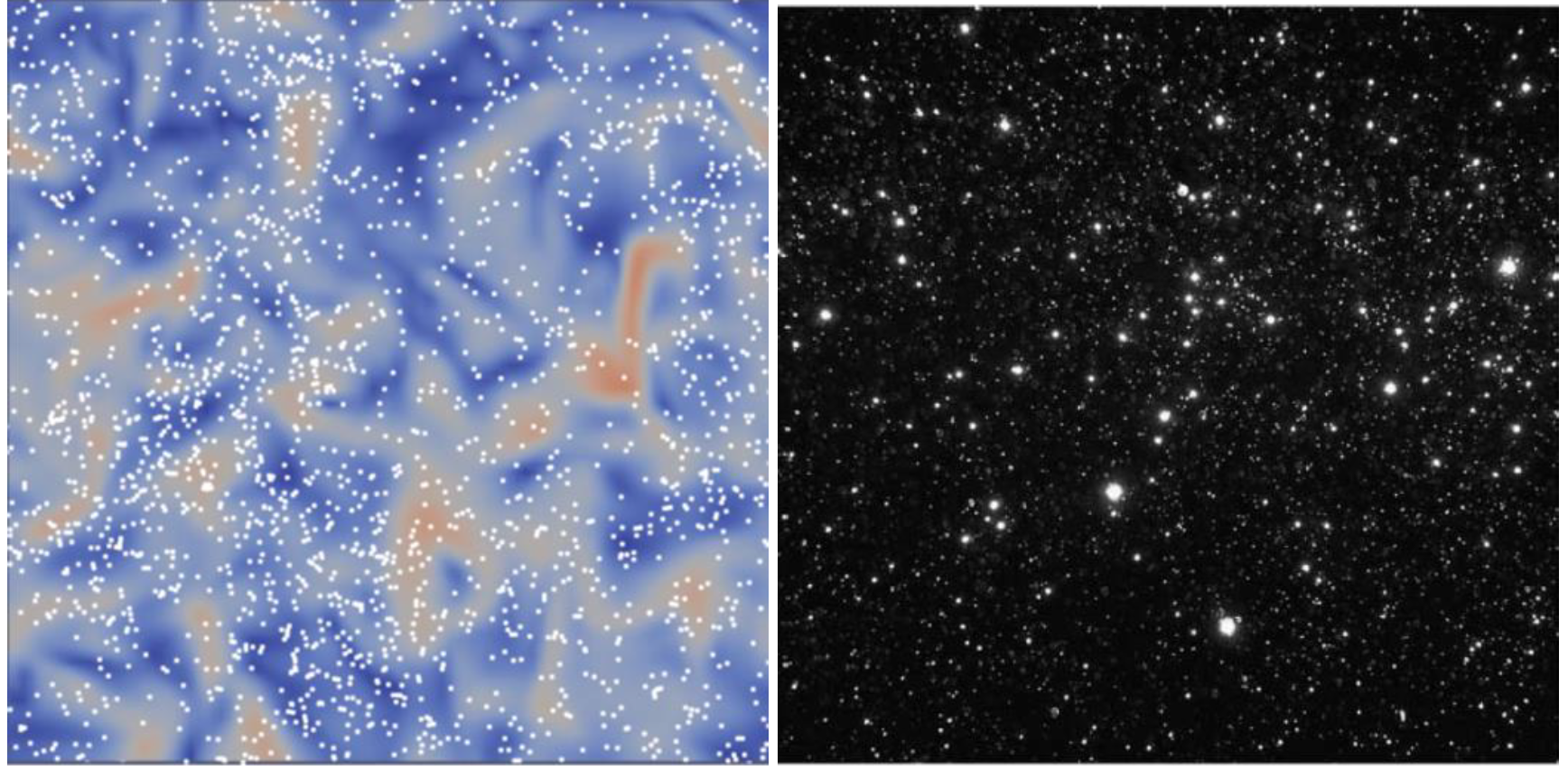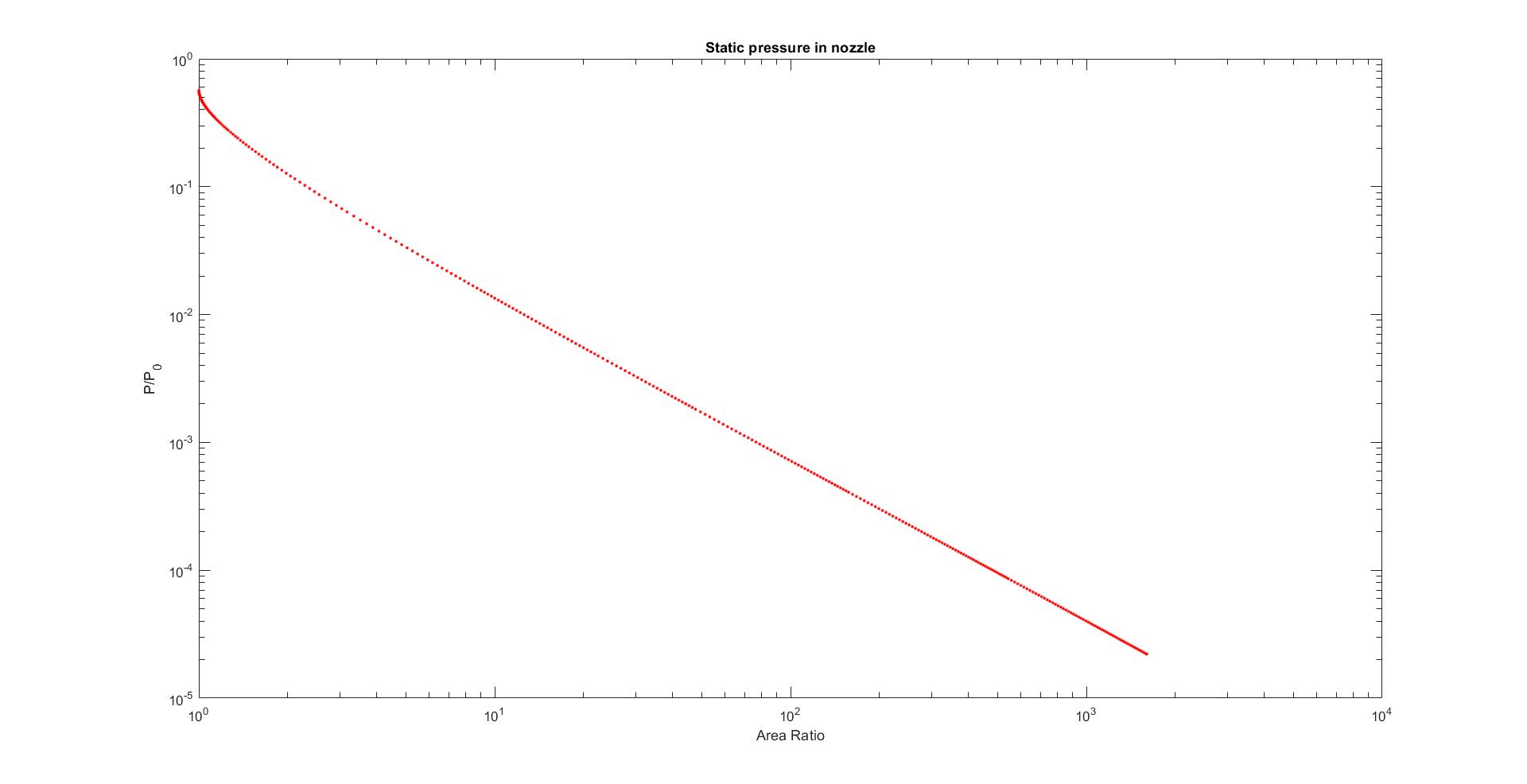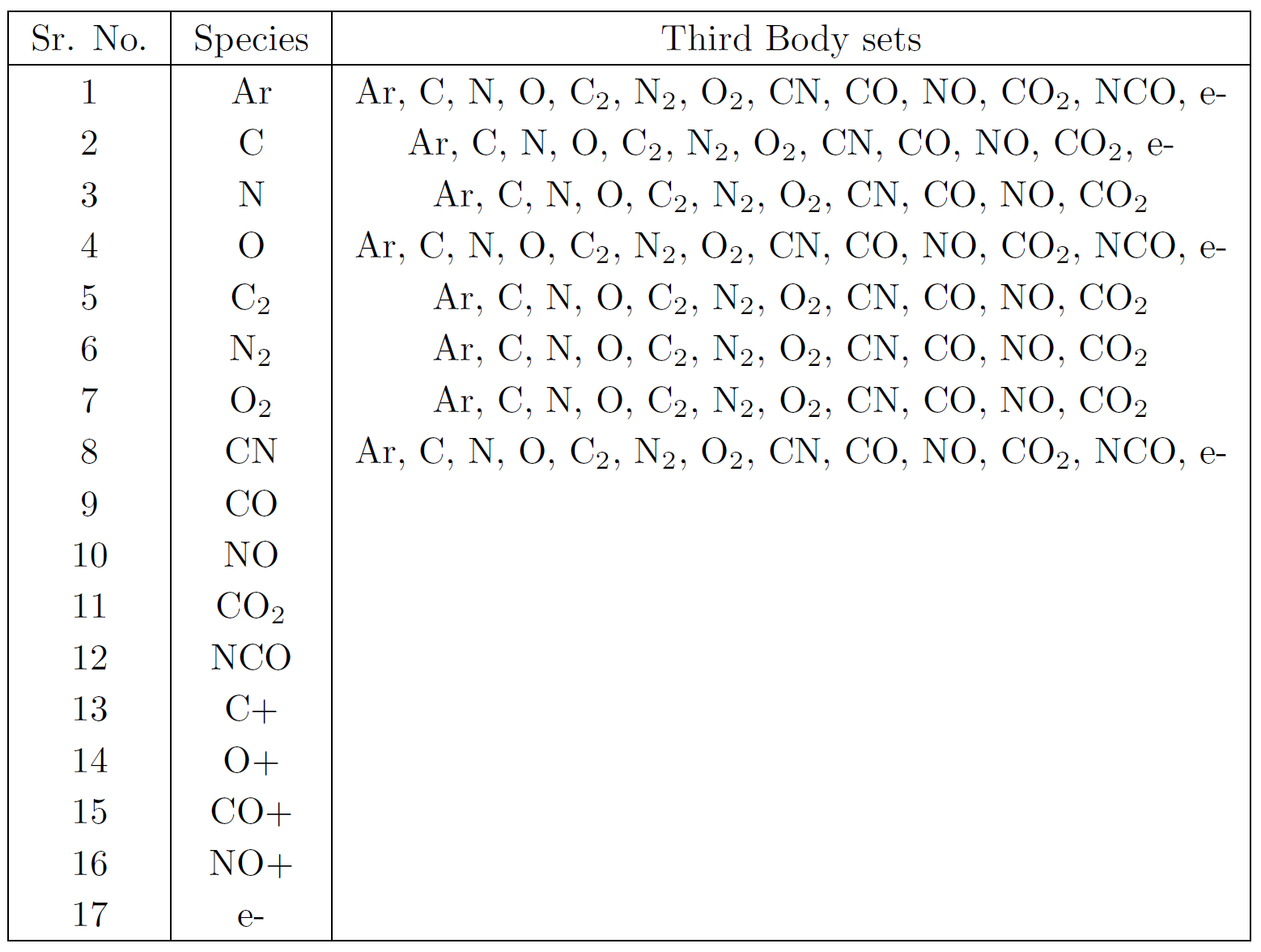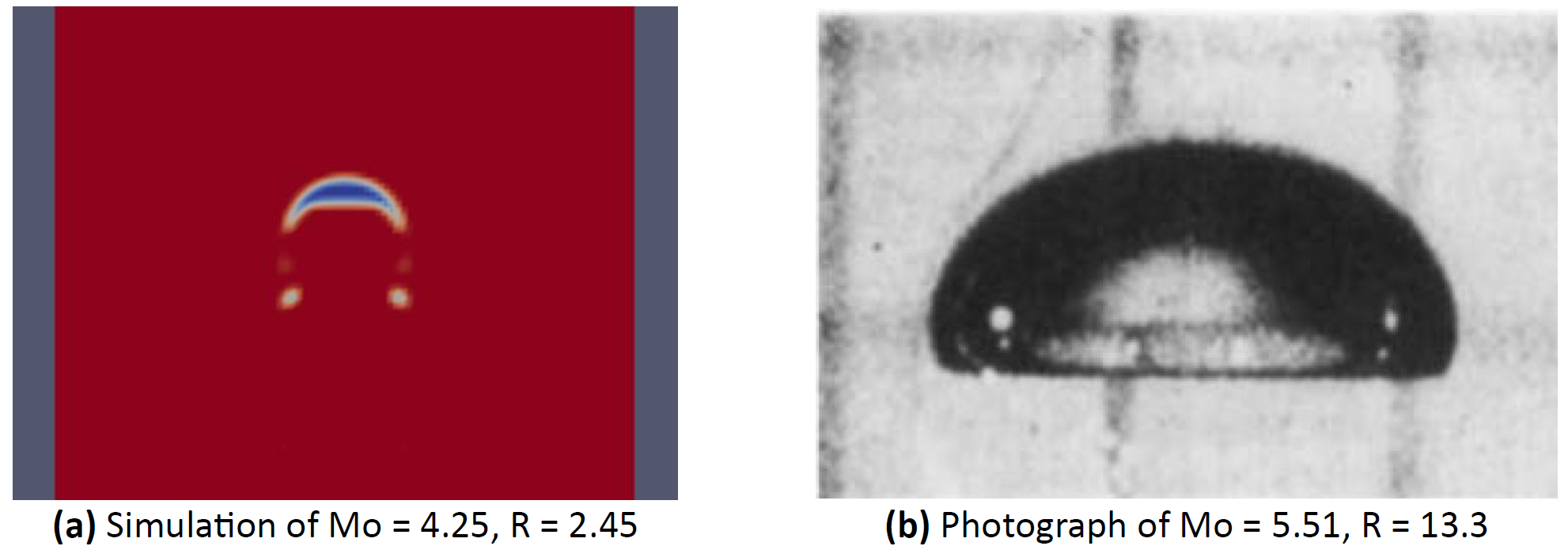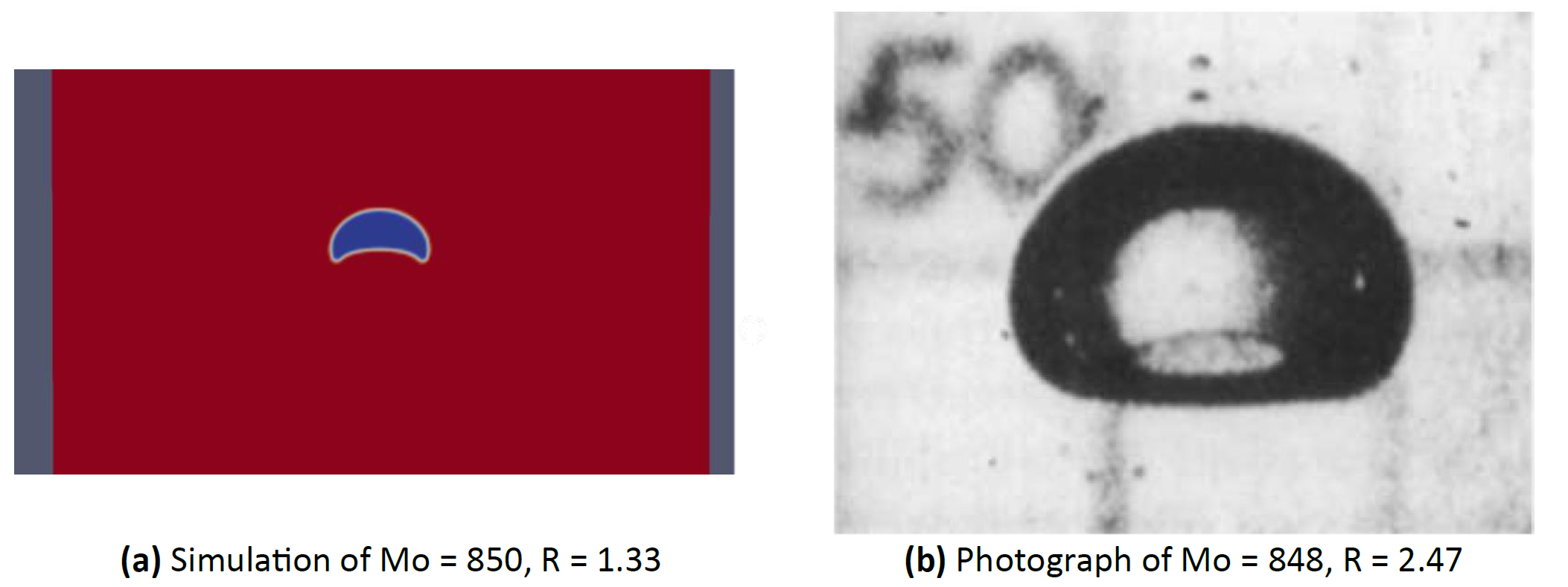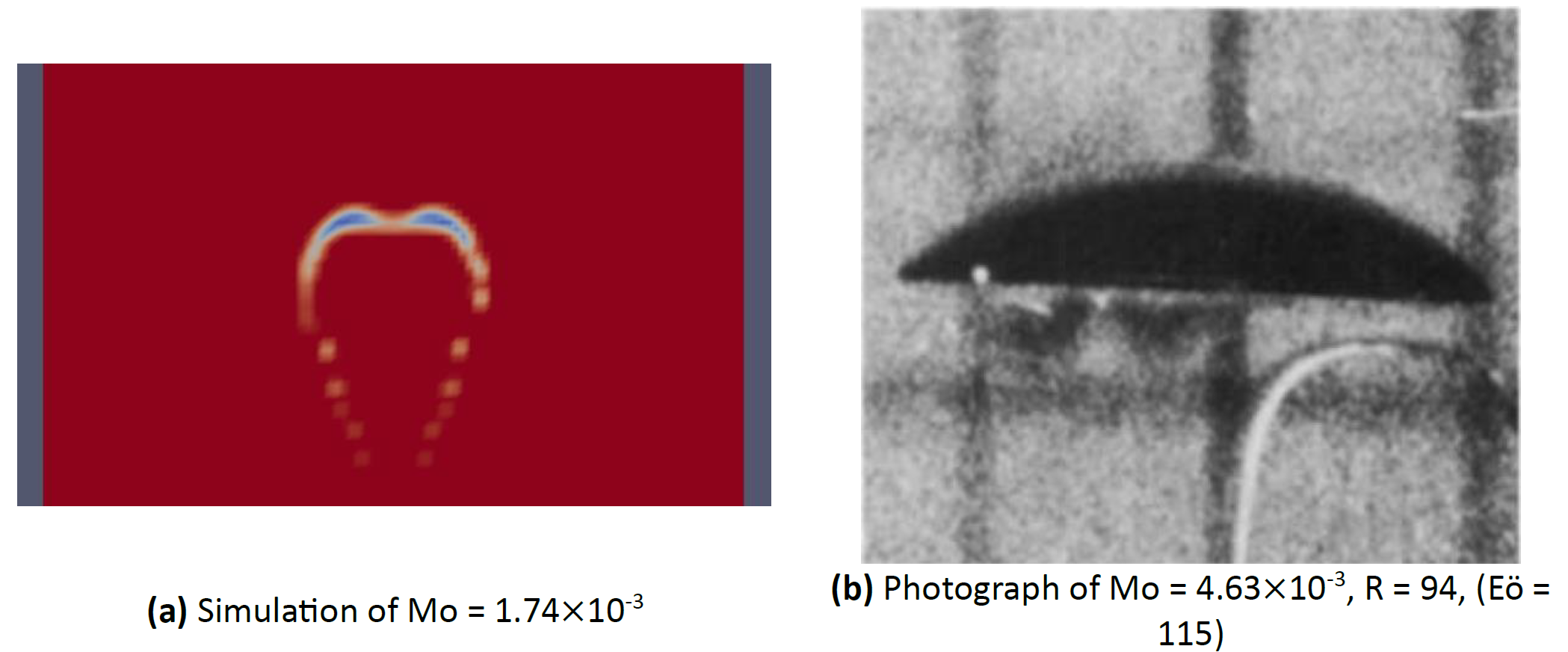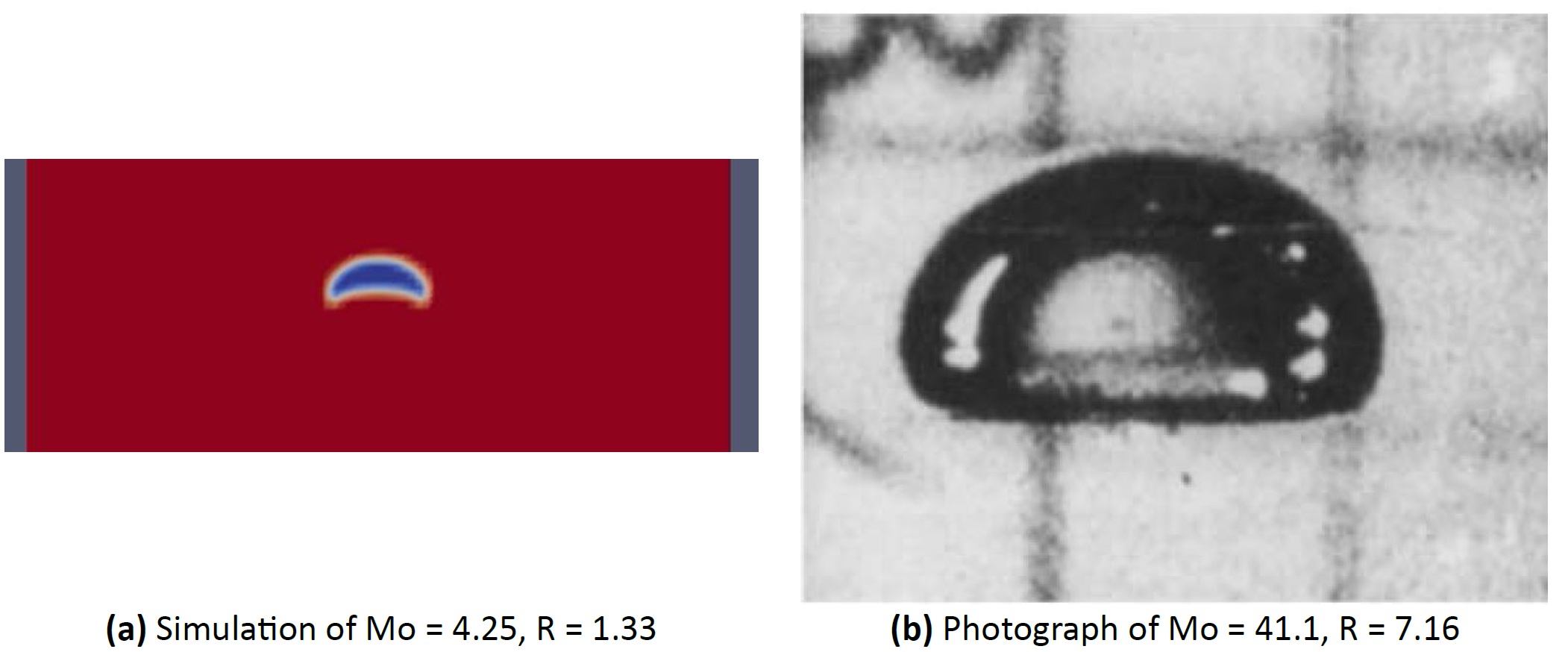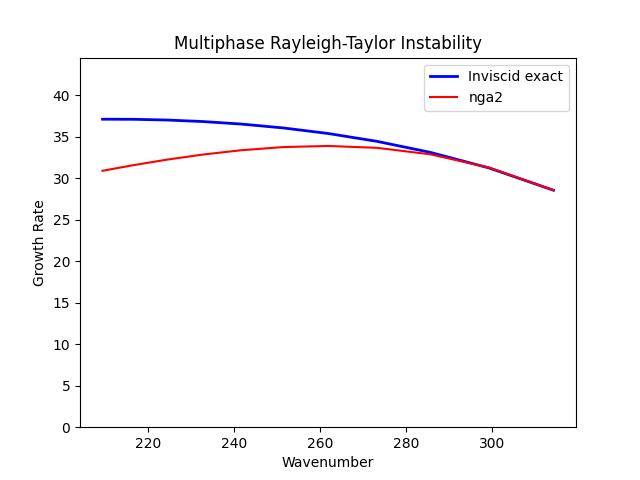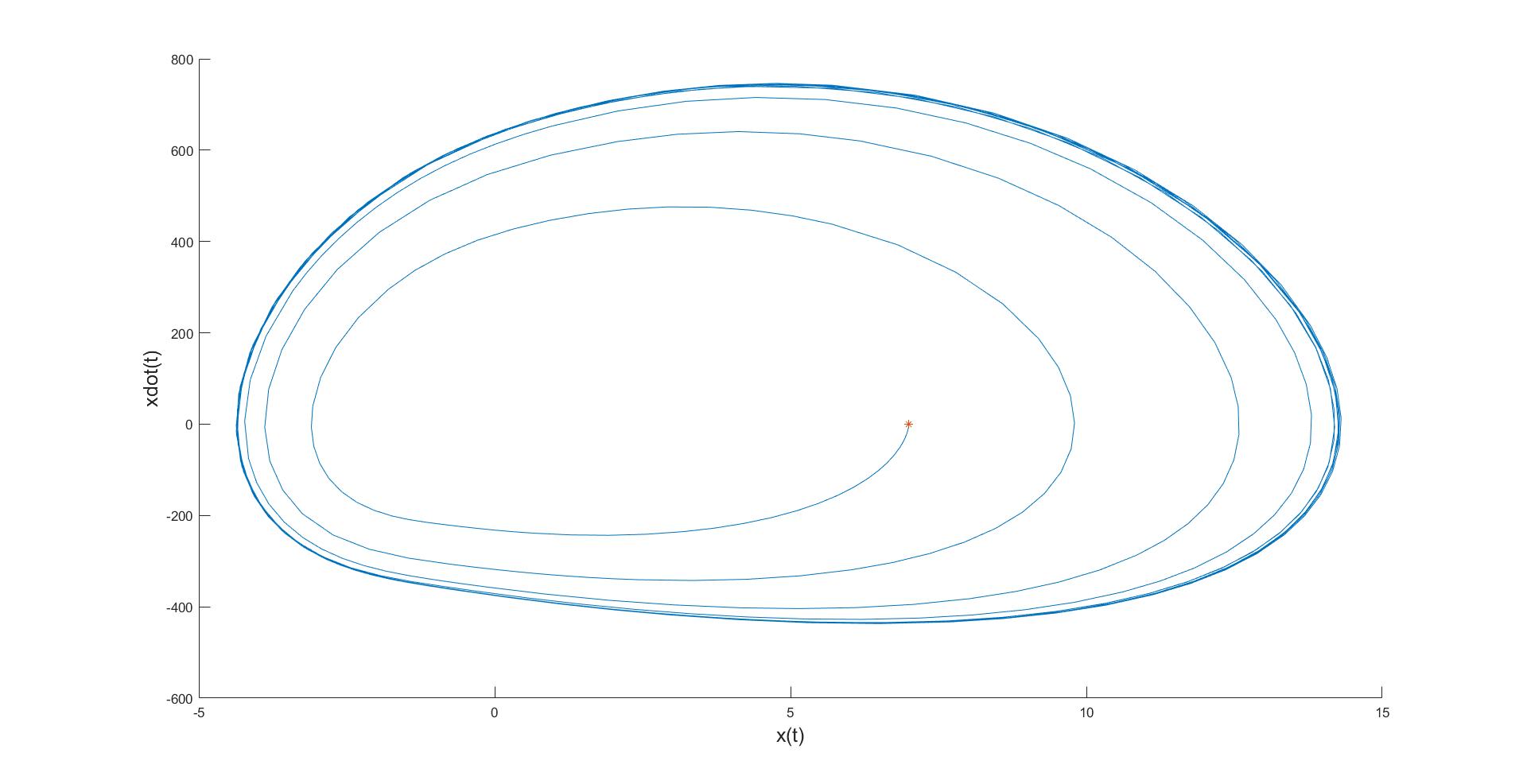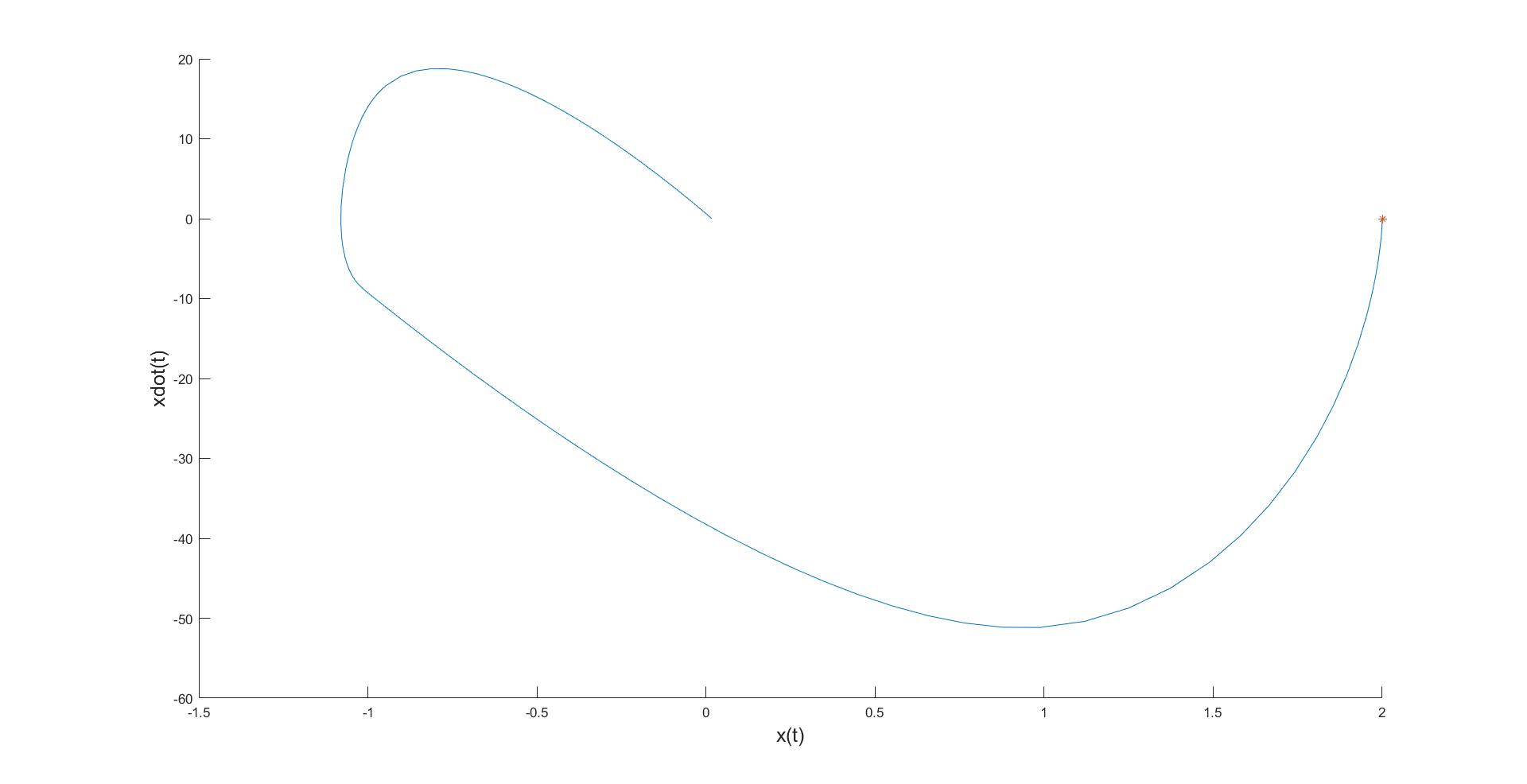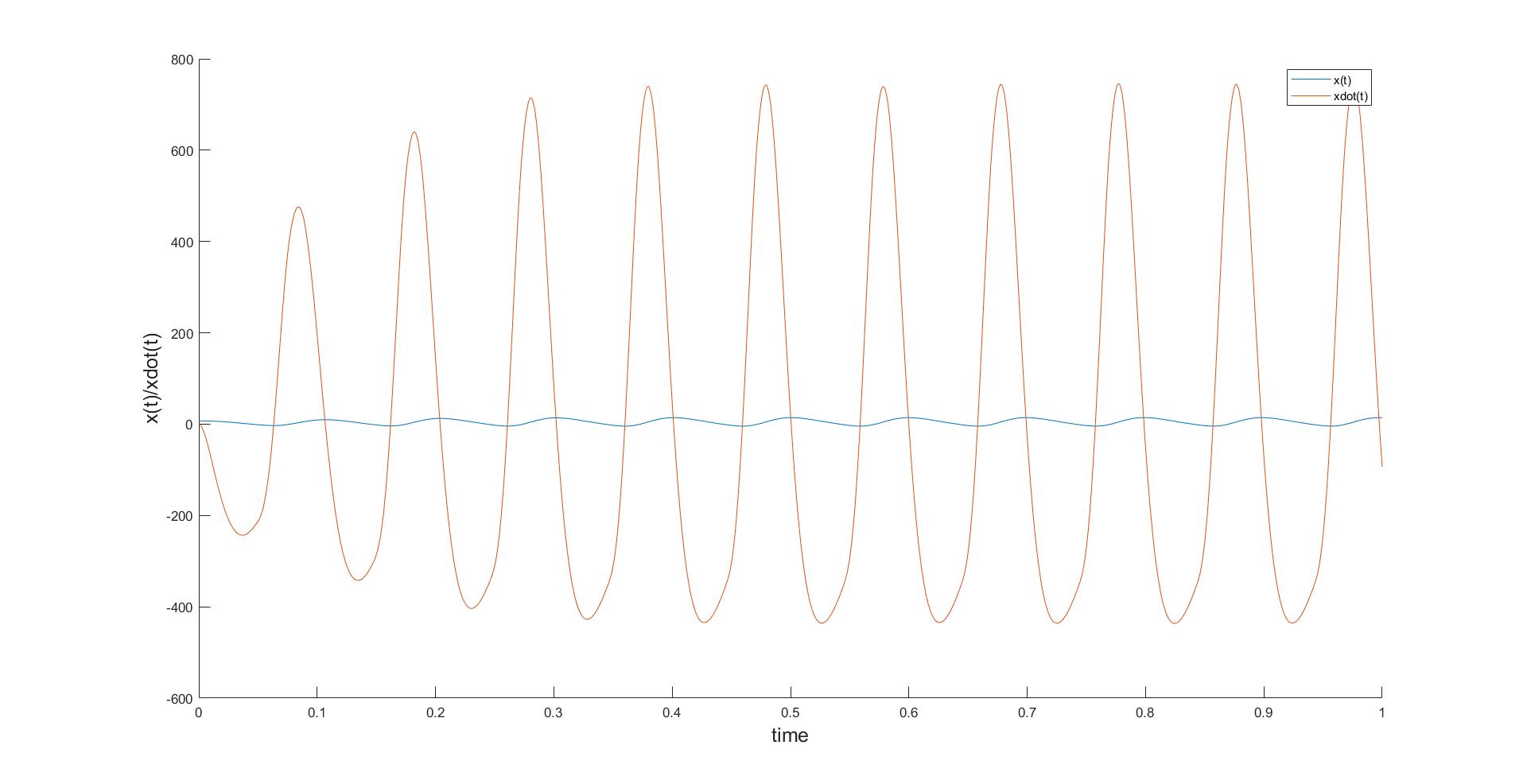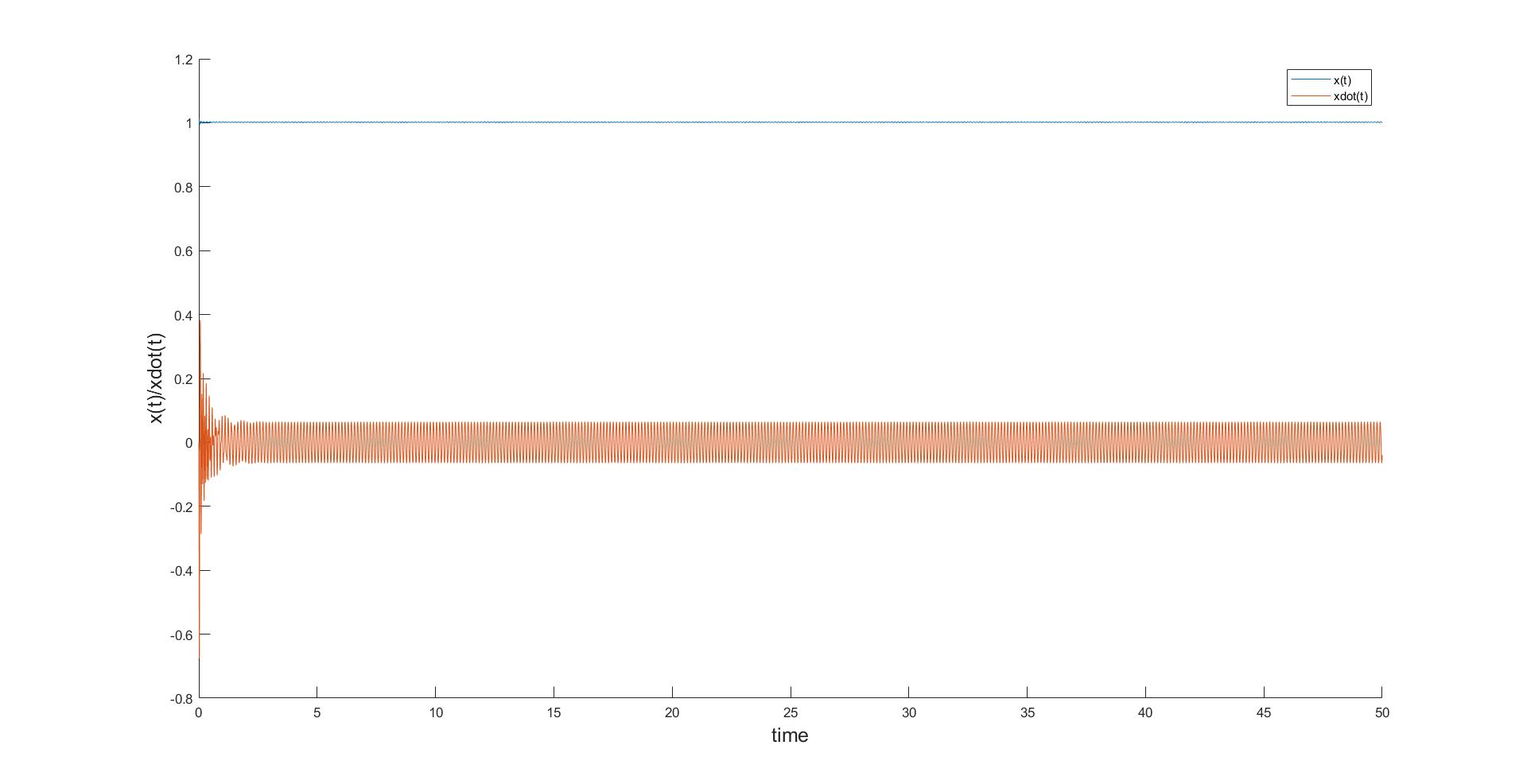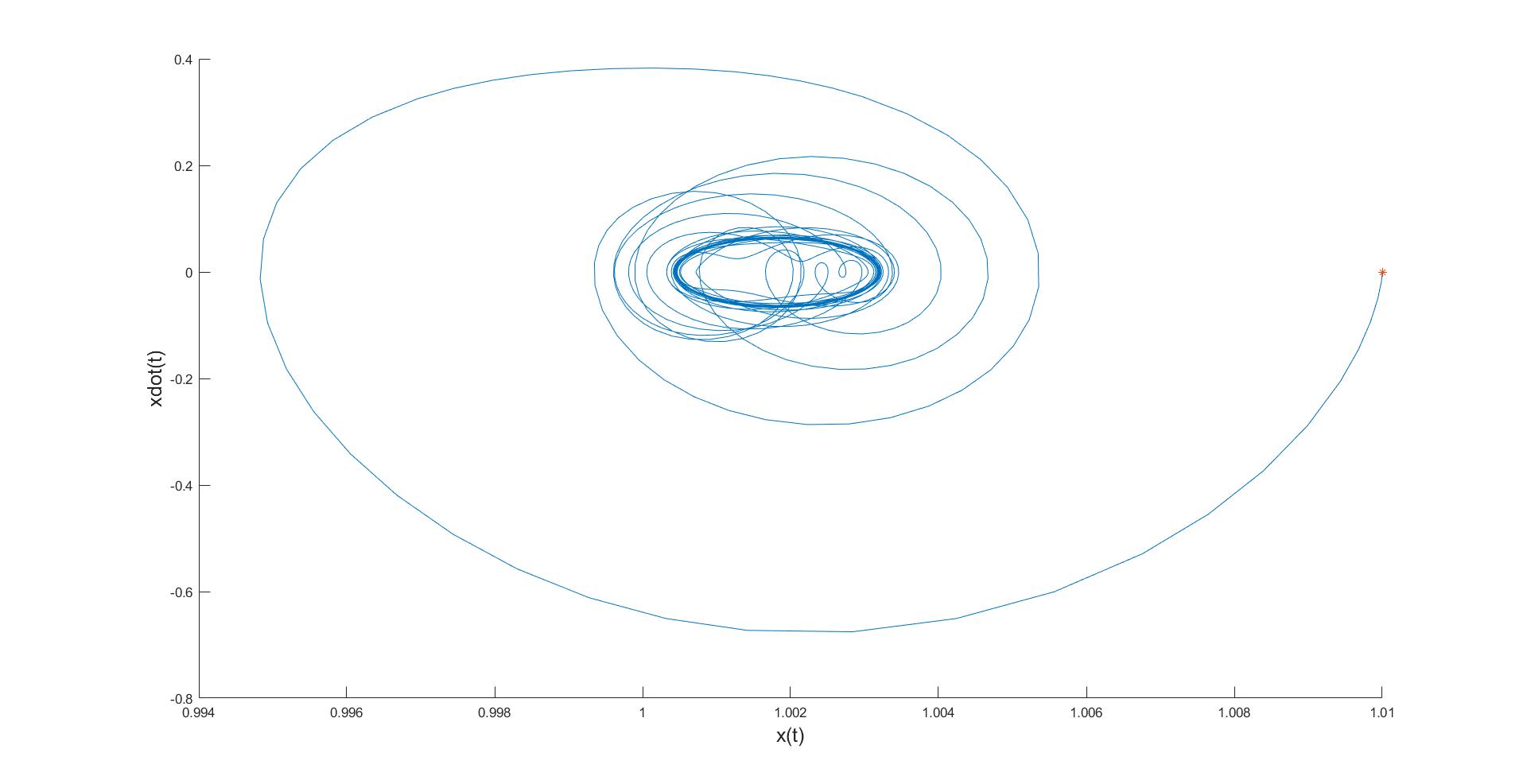Paddled Wheel performance
Paddled Wheel performance
Paddled wheels in partially immersed configurations are one of the most common propulsion devices for small and/or low speed amphibious vehicles. The wake features of this wheels significantly impact their performance. Higher RPM leads to higher propulsive forces, however, for certain flow regimes, the rate of increment shows a drastic drop and increasing RPM may not be advantegeous.
Github Link: https://github.com/pamraat/port-paddle
Notes: To operate this code, you'll need to install NGA2 and operate on 'develop' git branch,
which can be downloaded from here.
The case is solved by assuming the wheel constructed of closely placed particles with immersed boundary conditions. From experiments, it is known after certain ratio (V*) of wheel tip to the water flow velocity, a minor increase in lift force requires significant increase in wheel speed. It is noticed that this happens after occurrence of a splash called Bow Splash ahead of wheel. Experiments show (figure below) that the bow splash occurs when a nondimensional number called Froude number (Fr) is greater than 0.85 and the V* less than 0.43. This study is aimed at simulating wakes of multiple cases around the transition region to bow splash using NGA2.
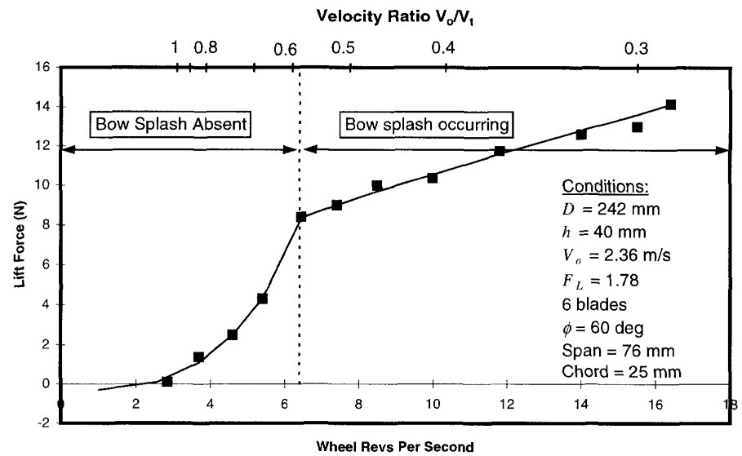
Multiple cases were simulated for comparison with the experiments, however, two cases are shown here. The following figure shows Fr=0.768 and V*=0.329.

The following figure shows Fr=1.92 and V*=1.644. Experiments noticed the bow shock and the same was predicted by NGA2.

